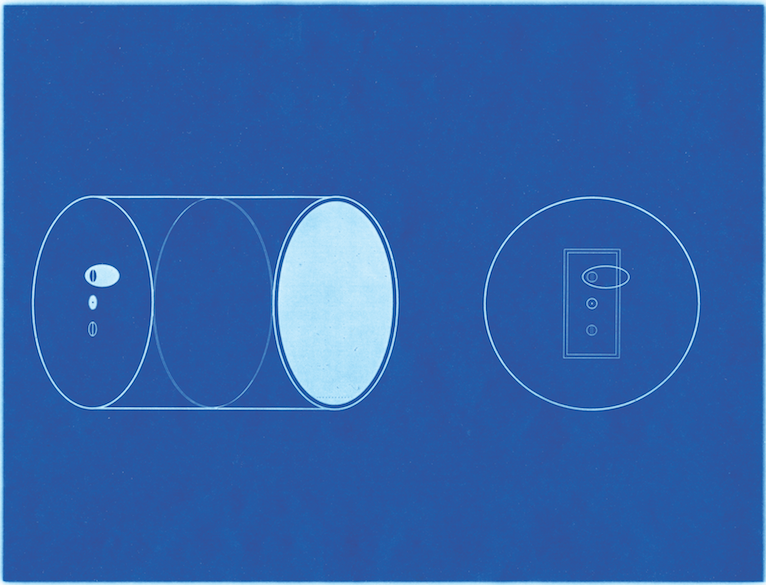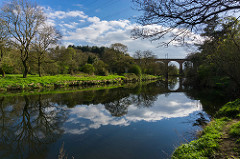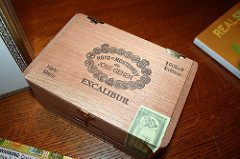By COLIN CHANNER
A man-boy of nearly twenty,
slave-dressing in pantaloons
in 1930, slowly reads a Gleaner
from behind a stocky “German”
woman in a fabric shop.
Finds himself in love.
All posts tagged: Issue 10
Shining Red in the Torrent
Translated by DENIS HIRSON
Go to meet redness.
Reach it with all the necessary brutality.
Refuse facile images. Self-portraits. Portraits of any sort.
But go without reserve, crushing water underfoot, unyielding to the childlike pleasure of splashes against naked legs.
Go as a painter.
Roll up trouser legs, remove espadrilles and dig your will into the torrent: meet the red there, take it captive. Bury your madness in the icy water.
Without dying of this.
Without speaking of it either.
I Had Seven Hankerchiefs
Warriors in Art
By RON WELBURN
Both a painting and a tableau I conceptualized in
a feature film led to this poem, to which I connect
-ed the cover photography of selected jazz albums
and paintings by George Catlin. Colonel Guy
Johnson and Karonghyontye (Captain David Hill)
(1776) is the work of Benjamin West, an eigh-
teenth-century painter born in the Pennsylvania
colony. Better known is his William Penn’s Treaty
with the Indians (1771); but I suspect the directors
of the Daniel Day-Lewis Last of the Mohicans used
it to create the film’s opening scene, where Magua
(played by Wes Studi) steps out of the shadows.
Deepest shadow.
Faces of warrior-counsel pronounce
Sinister reckonings
In hearts shaped to recall only our treacherous deeds.
In that City, In Those Circles
In that time, in that place, a few cars, a bus, on Belle Isle
seen from this side of the river, dark blue icy river,
on the other side of the Belle Isle Bridge Uniroyal Tire’s
bright silver smoke blown over the river to Canada,
time-bound, space-bound, a distinctive industrial space,
Ford Motor Company Dumping Station, the O-So Soda Pop
warehouse, Peerless Cement, railroad tracks on
the bridge to Zug Island—the smell from Wayne
Soap enough to make you puke—Ideal Bar, icon,
Black Madonna, blood-red slash down her right cheek,
In the Dirt
I took a drive out to The Gallimaufry Goat Farm and was
struck by the vast assortment of goat life in one place.
Goats who’d go shock-still when startled, like a bolt
through the head, fall stiff as taxidermy to the ground.
On Grief
I. Death
Your father died before sunrise. On a Monday, the first in January. A morning clutched in harmattan’s tenuous grip. Haze like spectral fingers. Cold as a dog’s nose. But not wet. The grasses outside were an arid brown; it hadn’t rained for months. You’ll never forget these, the disconsolate incidentals of that morning. You’ll remember, too, the black shoes that trailed from the doorway like giant soldier ants in advance. You’ll remember the shuffling feet. And the hovering faces that peered down at your mother. Draped in black. Legs splayed in front of her. You’ll remember tottering in, bleary-eyed and only half-awake, and wondering, bewildered, at the many shoes, the blur of unfamiliar faces, the whispers that rustled across the room. You’ll remember wondering what it meant to have a heart attack.
Biarritz
By DWYER MURPHY
We took the twelve-thirty train and got into the Biarritz station just after six. There was a bus schedule nailed to the wall, but the train ride had been smooth and I didn’t want to spoil our momentum, so I waved to the first in a row of taxis and offered the driver ten euros, which was quite a lot for me in those days. Probably there was a flat rate to the center of town, but the driver looked at the thin crowd coming off the train and at Katja, who was wearing espadrilles, and said ten would be okay, once he’d finished his cigarette.
On the drive in, Katja leaned against the window and didn’t say too much. The landscape was gray and battered. It was April, but winter still had a grip on everything: the low sun and the farms, with their lean cows, and the roads, which were scarred by fissures.
Millennium Camera

Jonathon Keats has been described by The New Yorker as a “poet of ideas.” Keats’s latest project is the Millennium Camera, a custom-built pinhole camera with a one-thousand-year exposure time that will remain inside Amherst College’s Stearns Steeple until 3015. In May 2015, the college’s Mead Art Museum documented the intellectual and material creation of Keats’s camera, displaying its blueprints and predecessors alongside the camera itself in an exhibition titled Jonathon Keats: Photographing Deep Time. To commemorate the opening of the exhibition, Keats spoke with Vanja Malloy, the Mead’s curator of American art, about deep-time photography and about the rapidly changing nature of humanity’s relationships with its environment and its descendants. This essay has been adapted from that conversation.
In 1988
By DAVID LEHMAN
In 1988, I went into the unisex bathroom and read the graffiti. A
graffito from 1980 had been erased: “Support your local philosopher.
Buy a jockstrap.”










